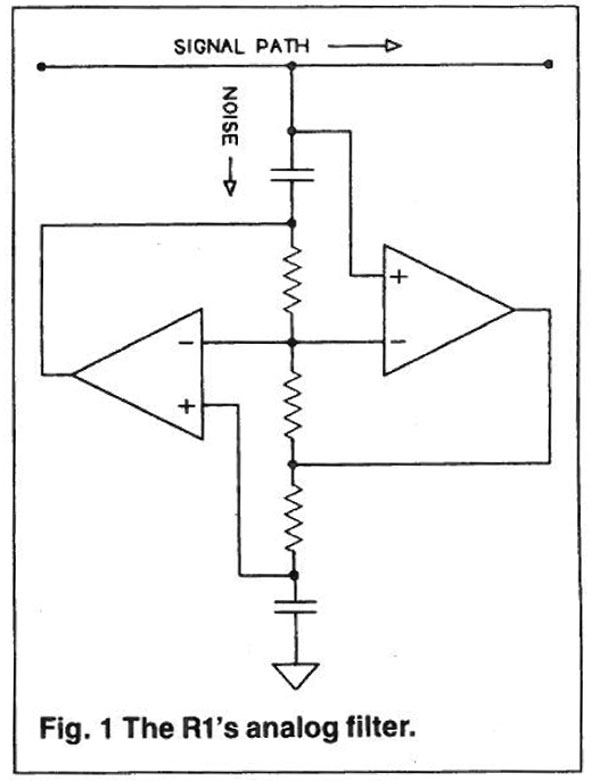| Columns Retired Columns & Blogs |
Always wanted one could never afford it. It also represents the height of Sony's creative powers and a time when they were a leader in high and mid-fi. I also associate this gear with an era and time when physical media and retail outlets that sold CD's ruled, sadly now gone.








































